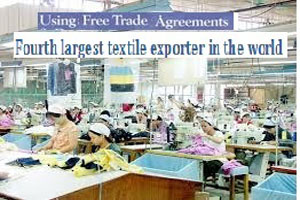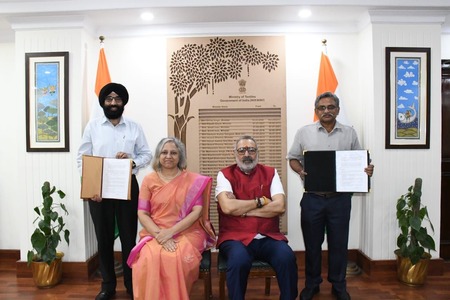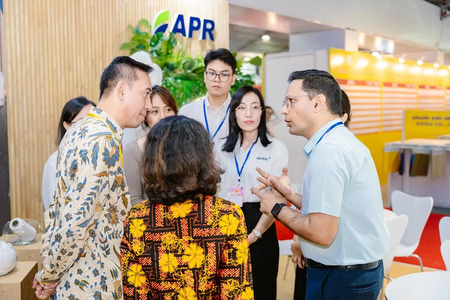
Free trade agreements help Vietnam becomes Fourth largest textile exporter in the world
YarnsandFibers News Bureau 2015-07-02 17:00:00 – VietnamVietnam becomes the world’s fourth largest textile exporter having earned an estimated US$12.18 billion in the first half of this year from these products – a year on year (YOY) increase of 10.26 percent. The industry is well on its way to meet its export target of US$27-27.5 billion set for 2015, according to the Vietnam National Textile and Garment Group (Vinatex),
The three largest importers of Vietnamese products are United States – with a YOY growth rate of 11.01 percent, followed by South Korea – with a YOY growth rate of 8.33 percent and European Union – with a YOY growth rate of 8.2 percent
Key to this impressive trade growth has been Free trade agreements. In December of last year, Vietnam signed a bilateral trade deal with South Korea. The deal cuts tariffs on a range of products traded between the two countries and is predicted to almost triple bilateral trade to US$70 billion by 2020.
Also in the same month, Vietnam signed an FTA with the Eurasian Customs Union. This FTA covers such areas as trade, customs facilitation, intellectual property, investment, rules of origin, and the lifting of legal and technical barriers to trade.
Additionally, Vietnam is also currently in negotiations for two more trade agreements, one with the US, and one with the EU. Once finished, the EU-Vietnam FTA is expected to cover such areas as investment, environment, competition, and sustainable development, as well as reducing tariffs.
Vietnam is also part of the US-led negotiations on the Trans-Pacific Partnership (TPP), a massive trade deal that will result in significantly reduced tariffs for all of the signatory countries. Upon completion, the TPP trade area would comprise a region with US$28 trillion in economic output, making up around 39 percent of the world’s total output.
Despite the country’s success in the textile industry, Vietnam is keen to expand other business areas and reduce its reliance on one main industry. The country is also eager to move away from simply assembling products to more value-added types of activities in order to keep income levels rising in the country.
In addition, Vietnam is also seeking to improve its general business environment in order to make the country more attractive to foreign investors.
The government is removing over 3,000 legal requirements for businesses through amendments to the country’s Law on Business and Law on Investment. Other changes include the modernization of payment systems; it will be now possible to use e-payment for such things as import and export duties.
According to official government development plans, certain industries will be prioritized in the future, these include the processing and manufacturing industries, the electronics and telecommunications industries, as well as the new energy and renewable energy industries.
Market Intelligence
Ask for free sample Report

experience
Customer Base
dedicated team
Countries Served Worldwide









